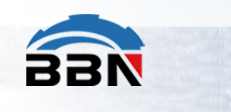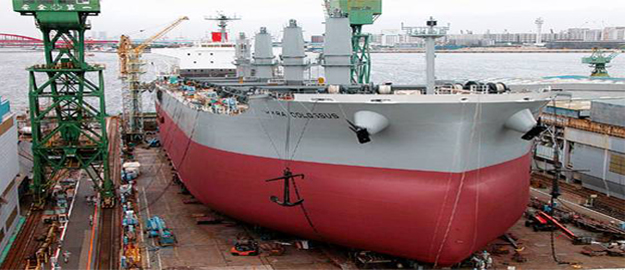- EN 10067 Grade A Bulb Flat steel
- What is a bulb plate for shipbuilding?
- Bulb Flats for Shipbuilding and Construction Industry
- Flat bulb steel dimensions
- Flat bulb steel supplier
- NK DH36 bulb flat shipbuilding steel, NK D36 bulb flat shipbuilding steel
- RINA EH32 bulb flat shipbuilding steel, RINA E32 bulb flat shipbuilding steel
- RINA EH36 bulb flat shipbuilding steel, RINA E36 bulb flat shipbuilding steel
- RINA E bulb flat shipbuilding steel
- RINA DH32 bulb flat shipbuilding steel, RINA D32 bulb flat shipbuilding steel
- RINA DH36 bulb flat shipbuilding steel, RINA D36 bulb flat shipbuilding steel
- RINA D bulb flat shipbuilding steel
- RINA B bulb falt shipbuilding steel
- RINA bulb flat shipbuilding steel
- What is the difference between channel and angle steel?
- What is the standard size of a steel angle?
- A36 hot roll steel angle
- RINA Grade ABDE Marine Steel Plate
- ABS Grade A Shipbuilding Steel Angle Bar
- What is angle steel used for?
- What type of steel is used in angle bars?
- What are bulb flats used for?
- S235JR Shipbuilding Angle steel Dimensions
- A572 hot rolled angle steel with equal or unequal legs
- SS490 galvanized structural carbon angle steel under JIS3101 standard
- hot-dipped galvanized St 37-2 angle steel with unequal legs
- ASTM designation A36 angle steel applications
- ASTM A36 Hot-dip galvanized steel angle bar for corrosive environments
 Henan BEBON international co.,ltd located in zhengzhou ,henan province of china. Since it was established in 2008, Henan BEBON has earned an outstanding reputation for its professional exporting shipbuilding steel.About the products,we mainly specialized in steel products for shipbuilding which have been approved by some authoritative classification societies,likeLR,BV,ABS,DNV,GL and so on . Besides, we have three big warehouses--Zhengzhou,Tianjin and shanghai.
Henan BEBON international co.,ltd located in zhengzhou ,henan province of china. Since it was established in 2008, Henan BEBON has earned an outstanding reputation for its professional exporting shipbuilding steel.About the products,we mainly specialized in steel products for shipbuilding which have been approved by some authoritative classification societies,likeLR,BV,ABS,DNV,GL and so on . Besides, we have three big warehouses--Zhengzhou,Tianjin and shanghai.
Standard Sizes of Steel Angles:
Dimensions:
Leg Lengths: Steel angles typically have two legs that meet at a 90-degree angle.
Equal Leg Angles: Legs are of equal length, denoted as "L" x "L" x "thickness."
Unequal Leg Angles: Legs are of different lengths, specified as "L1" x "L2" x "thickness."
Common Sizes:
Equal Leg Angles: Standard sizes range from 20 mm x 20 mm x 3 mm up to 200 mm x 200 mm x 24 mm.
Unequal Leg Angles: Common sizes include 40 mm x 25 mm x 4 mm up to 200 mm x 150 mm x 12 mm.
Tolerances:
Dimensional Tolerances: As per industry standards, steel angles typically adhere to specific dimensional tolerances for leg length, thickness, and overall geometry.
Length: Generally available in standard lengths such as 6 meters or 12 meters, with custom lengths possible based on project requirements.
Material Thickness:
Thickness varies based on the size of the angle, typically ranging from 3 mm to 24 mm or more depending on the application and structural requirements.
Standards and Specifications:
Steel angles are manufactured according to various national and international standards such as ASTM (American Society for Testing and Materials), EN (European Norms), JIS (Japanese Industrial Standards), and others.
These standards define the material composition, mechanical properties, dimensions, tolerances, and quality requirements for steel angles used in structural applications.
Applications:
Steel angles find widespread use in construction, infrastructure projects, manufacturing, structural framing, supports, bracing, and various architectural applications.
Their versatility, strength, and ease of fabrication make steel angles essential components in a wide range of structural and industrial settings.
Availability:
Steel angles are readily available through steel suppliers, metal fabrication shops, and construction material distributors in standard sizes and thicknesses.
Custom sizes and configurations may also be fabricated based on specific project requirements through cutting and welding processes.
Understanding the standard sizes and dimensions of steel angles is crucial for structural design, construction planning, and material selection in various applications where these versatile components play a vital role in providing support, stability, and structural integrity.


